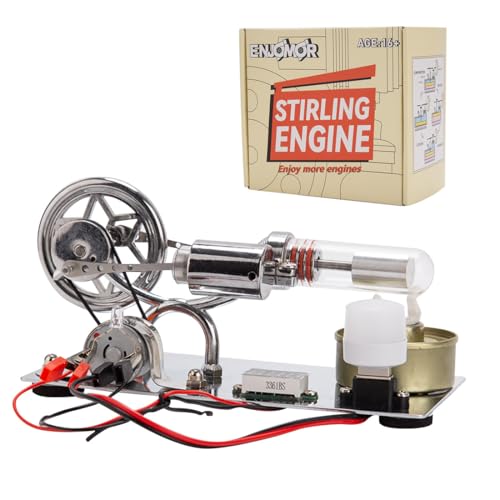The first step that I took down this road of uncertainty after the lumps were properly sized was to give them a coat of fresh layout dye and used my digital height gage on the drill press table to mark out all of the points of interest. These included the bore center, the mouth of the water hopper as well as all of the hole locations for the ancillaries and such that will eventually be attached to the block. Upon completing this task, all of these locations were carefully and accurately center popped and then drilled.

Not wishing to set up the quill stop on the drill press, I cheated and used the appropriate sized cutter bits as spacers for the depths that I needed. After placing the part on table I lowered it until I could 'touch off' the top of the part while the quill was fully extended, then by placing the spacers under the part and drilling to the end travel of the quill, each hole was a perfect, identical depth.

The next step was to mill the pocket in the side flank of the block where the cam follower guide would one day reside. This I did with the smallest cutter that I had which was .062" and required a series of light shallow cuts to depth and then a final cut to the markings to clean up the sides.

Before I got too far along I tapped the hole in the top/rear of the lump, 8-32 to accept the drip oiler. This step could have been done later but I wanted to be sure to have enough metal to assure a straight threading of the hole. After the tap reached a depth that would be below the top surface of the cylinder tunnel I counter bored the hole about .375" so that the tap would be able to reach full depth. All other tapping went well albeit a bit time consuming. I'm going to stop here as "old what's her name" :big: says that dinner is almost ready.
BC1
Jim

Not wishing to set up the quill stop on the drill press, I cheated and used the appropriate sized cutter bits as spacers for the depths that I needed. After placing the part on table I lowered it until I could 'touch off' the top of the part while the quill was fully extended, then by placing the spacers under the part and drilling to the end travel of the quill, each hole was a perfect, identical depth.

The next step was to mill the pocket in the side flank of the block where the cam follower guide would one day reside. This I did with the smallest cutter that I had which was .062" and required a series of light shallow cuts to depth and then a final cut to the markings to clean up the sides.

Before I got too far along I tapped the hole in the top/rear of the lump, 8-32 to accept the drip oiler. This step could have been done later but I wanted to be sure to have enough metal to assure a straight threading of the hole. After the tap reached a depth that would be below the top surface of the cylinder tunnel I counter bored the hole about .375" so that the tap would be able to reach full depth. All other tapping went well albeit a bit time consuming. I'm going to stop here as "old what's her name" :big: says that dinner is almost ready.
BC1
Jim


















![DreamPlan Home Design and Landscaping Software Free for Windows [PC Download]](https://m.media-amazon.com/images/I/51kvZH2dVLL._SL500_.jpg)



























































